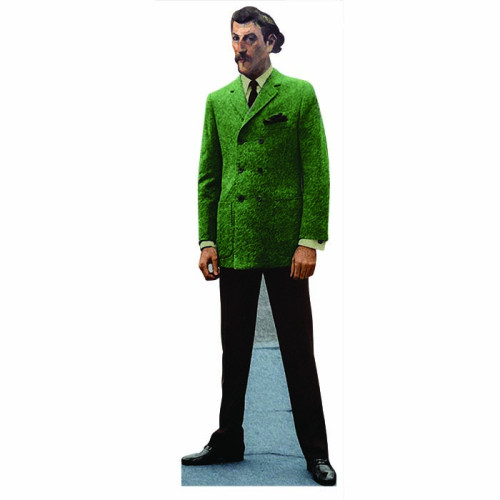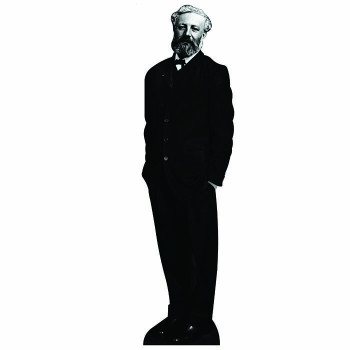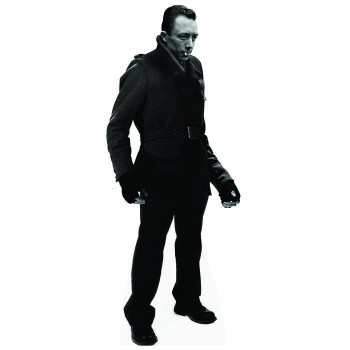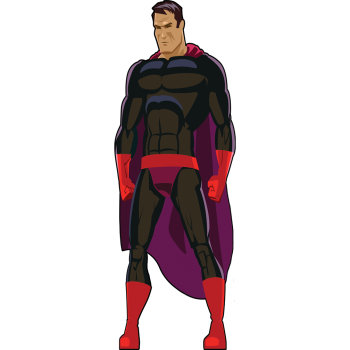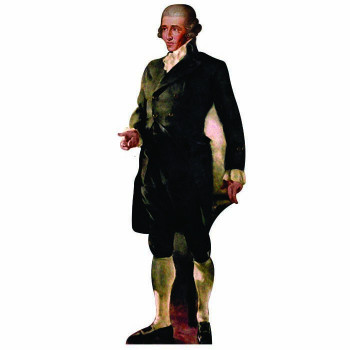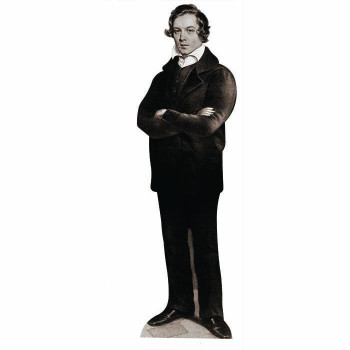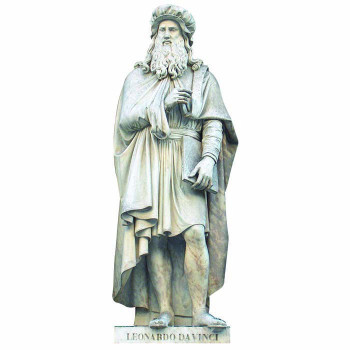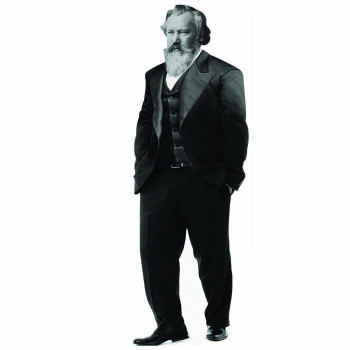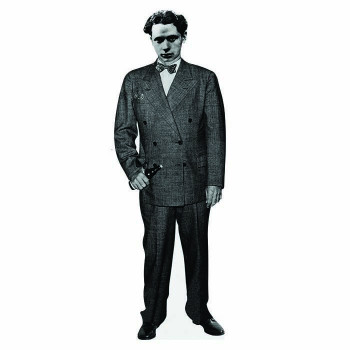PAUL GAUGUIN CARDBOARD CUTOUT
-
$0.00
Available Options
68 x 22 inches. Our cardboard cutout of Paul Gauguin. All cardboard cutouts come folded and have an easel attached to the back to be self-standing. Items are printed and produced to order. Printing and processing takes up to 5 business days plus shipping time.
Introduction to Paul Gauguin
Celebrate the legacy of one of the most innovative and influential artists of the Post-Impressionist movement with our lifesize cardboard cutout of Paul Gauguin. Perfect for art displays, educational events, or as an inspiring addition to your home or office, this cutout captures the vibrant and adventurous presence of Paul Gauguin, reflecting his profound impact on modern art and his unique vision.
Background of Paul Gauguin
Paul Gauguin was born on June 7, 1848, in Paris, France. He spent his early childhood in Peru before returning to France. Gauguin began his career as a stockbroker, but his passion for art led him to start painting in his spare time. Influenced by the Impressionists, he eventually decided to pursue art full-time, leaving his job and family to follow his artistic aspirations.
Gauguin's early works were influenced by Impressionism, but he soon developed his own distinctive style. In search of new inspiration, he traveled to Brittany in France, where he joined the Pont-Aven school and experimented with bold colors and simplified forms. His work from this period, such as "Vision After the Sermon" (1888), marked a departure from traditional Impressionist techniques and showcased his evolving style.
In 1888, Gauguin traveled to Arles, where he worked closely with Vincent van Gogh. The two artists had a tumultuous relationship, but their time together was highly productive and influential for both. Gauguin's works from this period, including "The Yellow Christ," reflect his interest in religious and symbolic themes.
Seeking to escape European civilization and find a more "primitive" and authentic way of life, Gauguin moved to Tahiti in 1891. His time in Tahiti was incredibly fruitful, resulting in some of his most famous works, such as "Where Do We Come From? What Are We? Where Are We Going?" (1897-1898) and "The Spirit of the Dead Watching" (1892). These paintings are characterized by their vibrant colors, exotic subjects, and bold compositions.
Gauguin continued to travel and paint, spending time in the Marquesas Islands, where he created some of his last works. His later years were marked by financial difficulties and health problems, but he remained dedicated to his art until his death on May 8, 1903, in Atuona, French Polynesia.
Cultural Impact of Paul Gauguin
Paul Gauguin's impact on modern art is profound and enduring. His bold use of color, innovative compositions, and exploration of exotic and symbolic themes have influenced countless artists and art movements, including Fauvism, Expressionism, and Primitivism.
Gauguin's rejection of European artistic conventions and his search for a more "primitive" and authentic way of life challenged the norms of his time. His works from Tahiti and the Marquesas Islands introduced Western audiences to new cultural perspectives and inspired a fascination with non-Western art and aesthetics.
Gauguin's paintings, such as "Where Do We Come From? What Are We? Where Are We Going?" and "The Spirit of the Dead Watching," are celebrated for their emotional depth, vibrant colors, and complex symbolism. These works explore themes of life, death, spirituality, and the human condition, resonating with viewers on a profound level.
His collaboration and interactions with other artists, particularly Vincent van Gogh, significantly impacted the development of Post-Impressionism. Gauguin's emphasis on bold color and expressive forms influenced van Gogh's work and contributed to the evolution of modern art.
Gauguin's legacy extends beyond his paintings to his writings, including his memoir "Noa Noa," which provides insights into his thoughts and experiences in Tahiti. His life and work have been the subject of numerous exhibitions, books, and films, reflecting the ongoing fascination with his unique vision and artistic journey.
This cutout of Paul Gauguin celebrates his remarkable contributions and enduring legacy as a master artist. It serves as a tribute to his artistic brilliance, his impact on the development of modern art, and his significant role in expanding the boundaries of artistic expression.
- Brand: Historical Cutouts
- Product Code:H79053
- Availability:In Stock
LEARN MORE ABOUT OUR AVAILABLE MATERIALS

LIFE SIZE HISTORICAL CUTOUTS
We have been the leading historical based cutout supplier for nearly 10 years. We have worked with many schools, museums, and colleges across the country to provide stunning graphics from hsitory. Historical Cutouts are available in 3 materials and come contour cut with an easel to be self standing. Click below to learn more about each material and our cutout process.
Learn More
LIFE SIZE HISTORICAL WALL DECALS
All of our historical figures are available as a life size wall decals. Vinyl wall decal orders come ready to apply with squeegie and instructions. Having trouble? Check out our how to youtube video. Our graphics are printed on tear resistant PhotoTex Vinyl using our high definition 4 color plus white printing process.
Learn More
HISTORICAL ACRYLIC CUTOUTS
Desktop Legends are a smaller version of our life size cutotus printed on 3/16th" acrylic. All of our historical cutouts are also available as a desktop legend. These acrylic statuettes come in two sizes, 8" and 12". If you would like to learn more please click below.
Learn MoreRELATED PRODUCTS
-
Jules Verne Cardboard Cutout
70 x 19 inches. Our cardboard cutout of Jules Verne. All cardboard cutouts come folded and have an e..
George Michael Sidewalk Cardboard Cutout Standee Standup
71x22 inch cardboard cutout of George Michael, one of the most successful musicians of all time. He?..
Albert Camus Cardboard Cutout
72 x 28 inches. Our cardboard cutout of Albert Camus. All cardboard cutouts come folded and have an ..
Super Hero Underwear Over Pants Man Cardboard Cutout Standee Standup
Cardboard cutout of Super Hero Underwear Over the Pants Man. He is a force to be reckoned with and y..
Henry James Cardboard Cutout
68 x 24 inches. Our cardboard cutout of Henry James. All cardboard cutouts come folded and have an e..
Joseph Haydn Cardboard Cutout
66 x 25 inches. Our cardboard cutout of Joseph Haydn. All cardboard cutouts come folded and have an ..
George Michael Red Carpet Cardboard Cutout Standee Standup
71x24 inch cardboard cutout of George Michael, one of the most successful musicians of all time. He?..
Robert Schumann Cardboard Cutout
64 x 19 inches. Our cardboard cutout of Robert Schumann. All cardboard cutouts come folded and have ..
Leonardo da Vinci Cardboard Cutout
72 x 26 inches. Our cardboard cutout of Leonardo da Vinci. All cardboard cutouts come folded and hav..
Jonannes Brahms Cardboard Cutout
65 inches. Our cardboard cutout of Jonannes Brahms. All cardboard cutouts come folded and have an ea..
Dylan Thomas Cardboard Cutout
65 x 22 inches. Our cardboard cutout of Dylan Thomas. All cardboard cutouts come folded and have an ..
Eugene Delacroix Cardboard Cutout
67 x 22 inches. Our cardboard cutout of EugIntroduction to Eugene DelacroixCelebrate the legacy of o..

